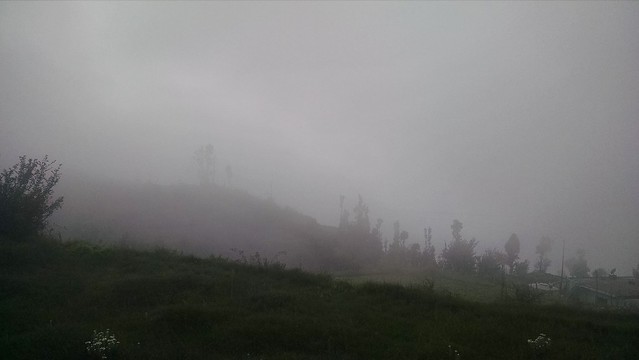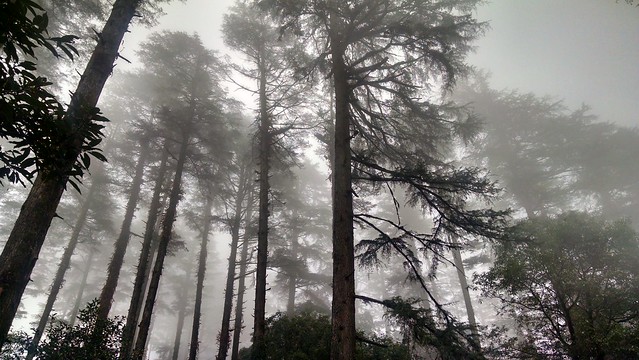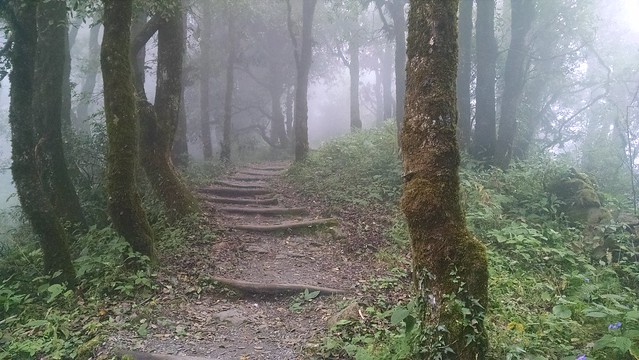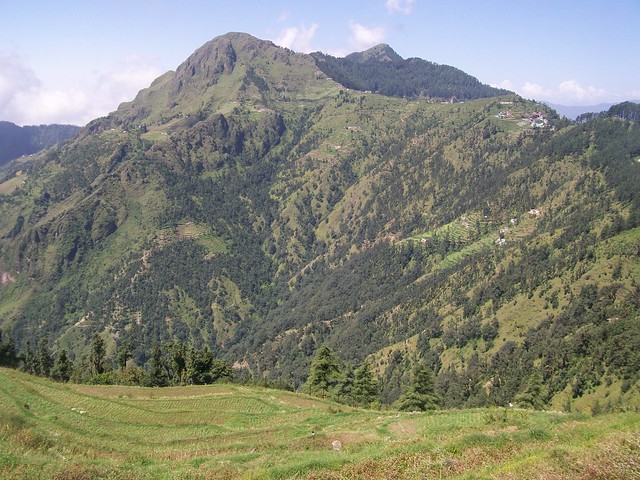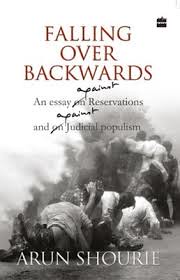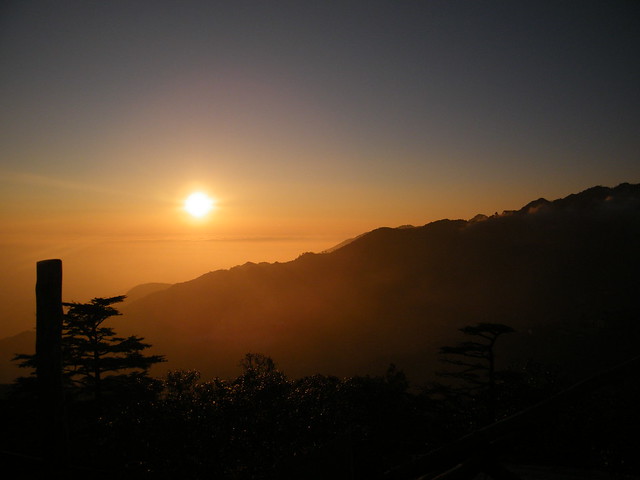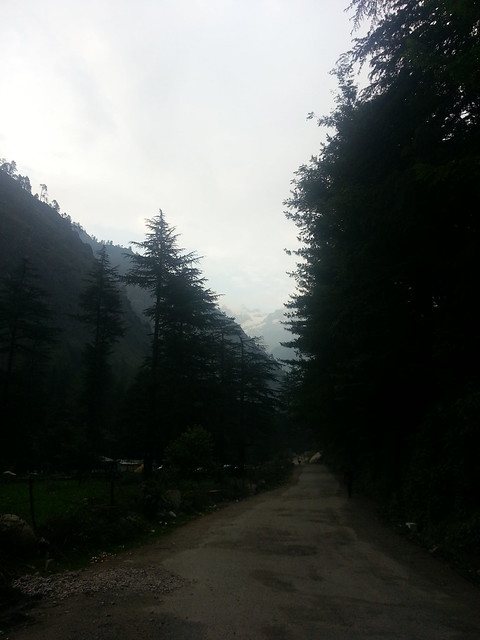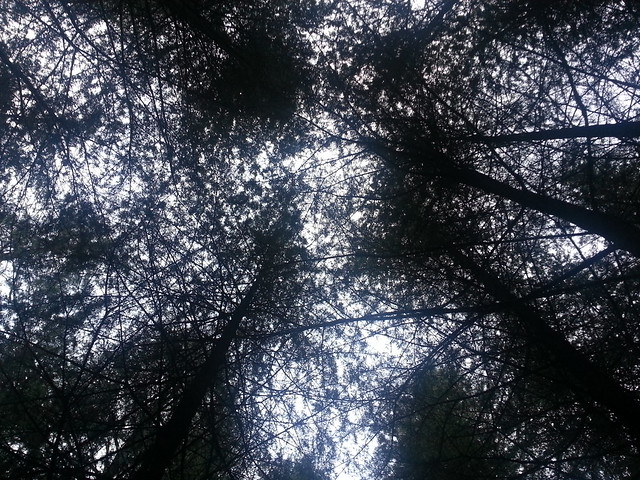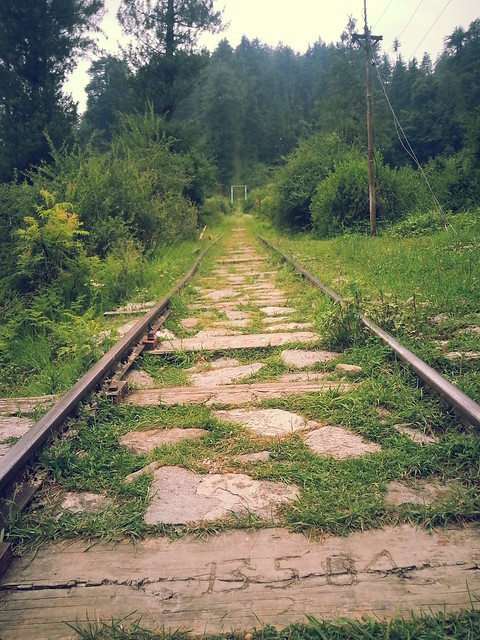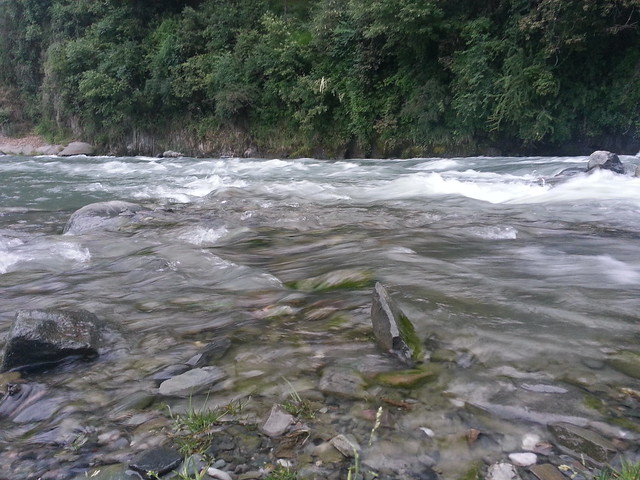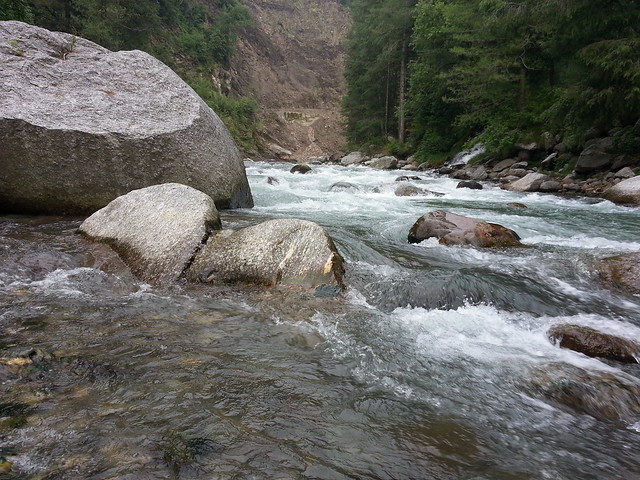I got to know in Dhanolti that what impact weather can have on the characteristics of a place. I visited Dhanolti twice and each time I experienced a whole new Dhanolti, so different that it was difficult to believe that it was the same place which I visited few years back. That is the beauty of Himalayas. The presence of clouds and rains will completely change the ambience of a place, so different from one experienced during sunny days. While going to the Himalayas one always wants to have cloudy weather as they take shelter from the scorching heat of great Indian summer and in winter one always wants to have snowfall when they visit the Himalayas. Having said that one has to be very lucky also to get what he has expected.
Dhanolti is well connected and there are two routes to reach Dhanolti: one is via Mussoorie and other is via Chamba. Both are in good condition and which one you choose in the end depends on your other plans too. Dhanolti is not as popular as Mussoorie or Shimla, so you will not get too many high-end hotels. I always look for the guest houses of Garhwal Mandal Vikas Nigam Limited (GMVNL) first, while in Uttarakhand, because they provide good rooms at reasonable prices. But as they provide advanced booking too, many times they get filled up early for weekend stays. I follow the first principle of travelling that never plan too much while travelling, it makes travel less enjoyable and staying to that principle we reached to Dhanolti to find GMVNL rooms all booked. We took one room in one of the hotels which provided a nice view of a hill slope.
When I first visited Dhanolti, it was all sunny wth no sign of clouds and sky all blue. Even the moon was visible on that day. We went to the Eco park in Dhanolti. There were several rides for the kids and some of us could not stop themselves and took few of them. I still remember that under a square hut we played 'Kona-Kona' in which four people occupy corners of a square, swap the corners intermittently and the fifth person tries to snatch one corner while they interchange ('Kona' means corner). Then we took stairs to go up and to our surprise it was all open, like the hills as you see on the other side of the valley while moving on a hilly road. I was so close to the top a hill for the first time.
There was no sign of any settlement as far as we could see leaving few houses on the slope of hills. There was valley downwards and terrace farms chased the valley to the very bottom. We tried to go down in the valley but gradually, the size of the steps became larger and thorny bushes started piercing us. So we abandoned that plan. Seeing towards the opposite of the valley, that hill looked like a giant stone placed there deliberately.
When I visited Dhanolti for the second time, the memories of the first trip were still fresh in my mind. I expected to have the same view of the hill opposite the valley in Eco Park. When I reached Dhanolti it was all cloudy with clouds passing very close to us. I was thinking is it the same place that I visited few years back. The Eco Park now had beautiful flowers and these flowers sometimes confuse you that how a plant can have two different type of flowers. May be they are at different stages of the same flower, we just wondered. This time, all those high trees were waving with clouds and whole placed had a misty look, something which you find in horror movies. Looking upwards trees looked like embracing each other in the darkness provided by clouds.
When we reached the point from where the valley was visible it was a completely different scene. Leave about seeing the hills on opposite side of valley one could not see thirty feet away. I sat there and tried to ponder over something, but it was so chilling that I could not focus on anything. Normally when I go to hill stations I don't keep warm clothes as I never felt that it was really required, but this time, a got to know that one should have some arrangement as weather may take a whole new turn. Behind that point, there was a place to sit and have candid discussions. That place also had few small elevated stages for Yoga. It was one of the best places to meditate and I must admit that this place must help in concentrating while doing Yoga.
We continued our journey upwards. The narrow walkway was now like one shown in movies: one could not see too far, stairs with gentle slope surrounded by trees and over that every now and then mist will come in front of you from sideways. We reached the end of the Eco Park and there was a gate there which was, fortunately, open. We trespassed and were now inside farm fields. And here it felt like paradise. We were literally on top of the nearby places and we were surrounded only by clouds. It was time to click few pictures but it was beyond the capacity of any camera to capture those moments, those clouds and the sheer bliss which one feels in such a settings. Even wild flowers there were so happy that they refused to come to a standstill so that we can have a picture with them. There were few houses in fields and we thought that such a house was all that we wanted then.
Never before I experienced such bliss apart from the first experience of snowfall in Deoria Tal. We could not stay there too long as we were shivering and the temperature was dropping further. We had to descend. The small town of Dhanolti sleeps early and there is not much which you can do apart from taking a walk on empty streets. Who knows few walks can easily become a walk to remember. Next day we left for Surkanda Devi temple in Kaddukhal but I will always miss such a weather in my trips to any hill station.
